Pizza Oven Splits Wood
$247.00 – $575.00Price range: $247.00 through $575.00
Pizza Oven Splits Wood
Pizza Oven Splits Wood are essential for achieving that authentic, high-heat cooking experience at home or in a commercial setting. These small, pre-split pieces of firewood provide efficient burning, consistent heat, and flavorful results. In this comprehensive guide, we’ll explore the world of Pizza Oven Splits Wood, including popular wood types, their properties, usage tips, and maintenance advice to help you master wood-fired pizza making.
Understanding Wood Splits for Pizza Ovens
Wood splits, also known as kindling or split logs, are thin sections of hardwood cut into manageable sizes, typically 1-2 inches thick and 12-18 inches long. They ignite quickly, burn hot, and produce the intense heat needed for pizza ovens, which often reach temperatures of 700-900°F. Unlike whole logs, splits offer better control over the fire, making them ideal for precise cooking.
The key to great pizza oven performance lies in selecting the right wood splits. They should be dry, seasoned hardwood to ensure clean burns and minimal smoke. Popular choices include hardwoods like oak, maple, and fruitwoods, each imparting unique flavors to your pizzas.
Popular Wood Types for Pizza Oven Splits
Different woods bring distinct characteristics to pizza oven splits. Here’s a breakdown of the most common options:
Oak Wood Splits
Oak is a classic choice for pizza ovens due to its high heat output and long burn time. It produces a steady flame and imparts a subtle, smoky flavor to crusts. Oak splits are dense and durable, making them reliable for extended cooking sessions.
Maple Wood Splits
Maple wood splits offer a clean, neutral burn with a mild sweetness. They’re excellent for beginners, as they ignite easily and produce less ash. Maple’s even heat distribution ensures consistent baking, perfect for achieving that perfect char on your pizzas.
Fruitwood Splits (e.g., Apple, Cherry)
Fruitwood splits, such as apple or cherry, add a fruity aroma and subtle sweetness to your pizzas. They’re lighter woods that burn quickly but provide intense initial heat. Ideal for flavor experimentation, these splits are popular among chefs seeking gourmet results.
Other Hardwoods
- Hickory: Bold, smoky flavor with high heat; great for hearty pizzas.
- Mesquite: Intense, earthy taste; use sparingly to avoid overpowering.
- Pecan: Nutty undertones with balanced burn; versatile for various recipes.
When choosing wood splits, prioritize sustainability by sourcing from responsibly managed forests. Avoid softwoods like pine, which burn too quickly and produce excessive creosote.
Benefits of Using Wood Splits in Pizza Ovens
Wood splits offer numerous advantages for pizza oven enthusiasts:
- Efficient Burning: Their small size allows for quick ignition and even heat distribution, reducing fuel waste.
- Flavor Enhancement: Different woods infuse unique tastes, elevating homemade pizzas beyond electric or gas ovens.
- Control and Precision: Splits enable fine-tuning of the fire, essential for achieving the right crust texture.
- Eco-Friendly Option: Using seasoned hardwood minimizes environmental impact compared to fossil fuels.
- Versatility: Suitable for outdoor pizza parties, restaurants, or backyard setups.
These benefits make wood splits a must-have for authentic wood-fired cooking.
How to Use Wood Splits in Your Pizza Oven
Using wood splits effectively requires some technique. Start by ensuring your oven is clean and preheated. Arrange 4-6 splits in a crisscross pattern at the oven’s base, lighting them with a match or lighter. Allow the fire to build for 20-30 minutes until embers form.
For pizza baking, maintain a bed of glowing embers for consistent heat. Add splits as needed to sustain the fire. Experiment with wood combinations for flavor profiles—mix oak with fruitwood for balanced results. Always monitor the temperature with a thermometer to avoid overheating.
Best Practices for Storing and Preparing Wood Splits
Proper storage is crucial for optimal performance. Keep wood splits in a dry, well-ventilated area, covered to protect from rain. Season them for at least 6-12 months to reduce moisture content, which prevents smoky burns and ensures hotter flames.
Before use, inspect splits for mold or insects, and split larger pieces if needed. Avoid using treated or painted wood, as it can release harmful chemicals.
Maintenance and Safety Tips
To keep your pizza oven in top shape, regularly clean ash buildup and inspect for cracks. Use a chimney brush to remove creosote from the flue. Safety first: Always operate the oven outdoors, keep a fire extinguisher nearby, and never leave the fire unattended.
With proper care, wood splits can provide years of reliable service, enhancing your pizza-making adventures.
Conclusion: Elevate Your Pizza Oven Experience with Wood Splits
Wood splits for pizza ovens are the secret to authentic, flavorful cooking that rivals professional pizzerias. By selecting the right types, mastering usage, and following best practices, you’ll enjoy crispy crusts and delicious results every time. Explore wood splits today and transform your pizza nights. For more tips, consult local suppliers or pizza oven experts to find the perfect splits for your setup.
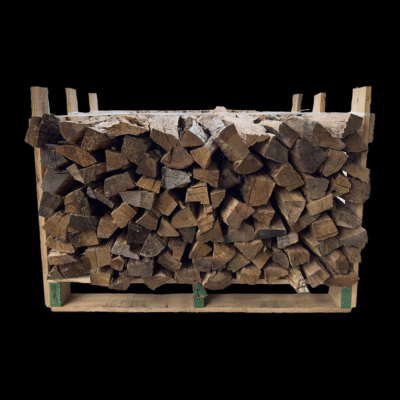
| Size | 1/2 cord, 1/4 cord, 1/8 cord |
|---|
Reviews
There are no reviews yet.
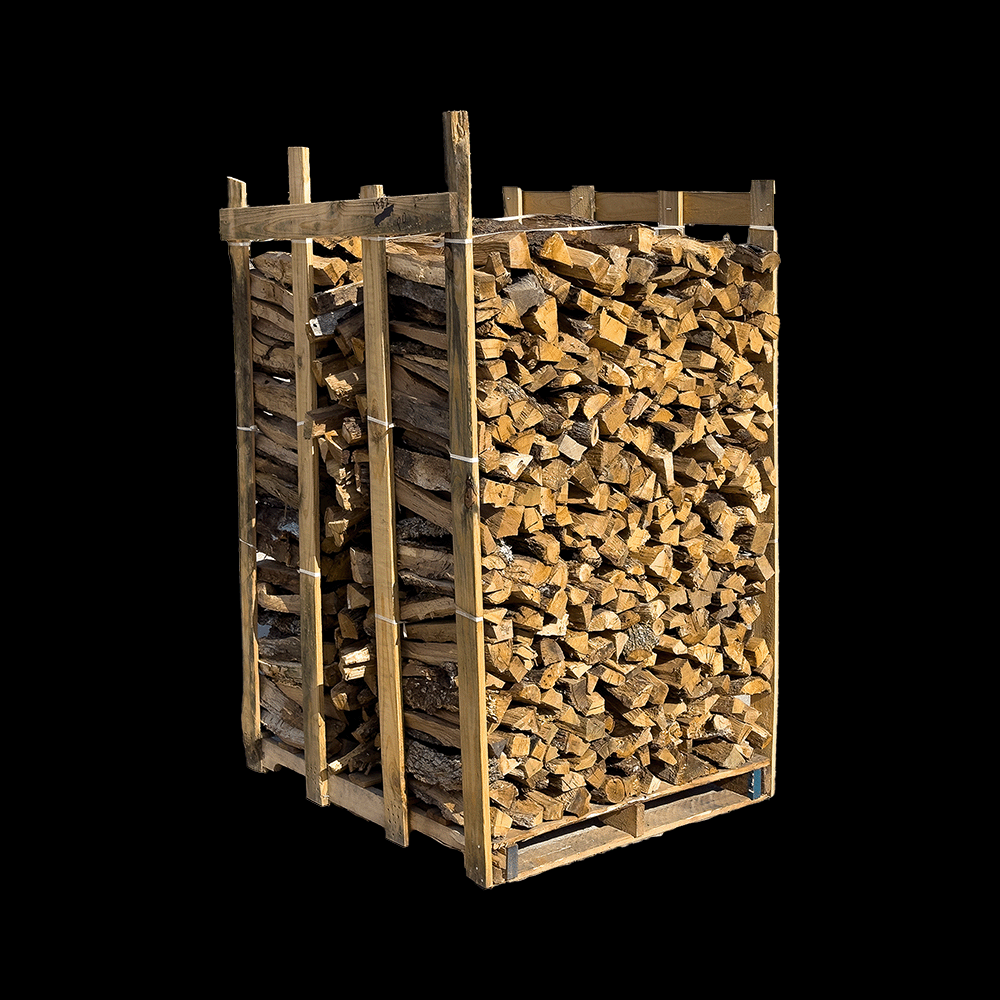
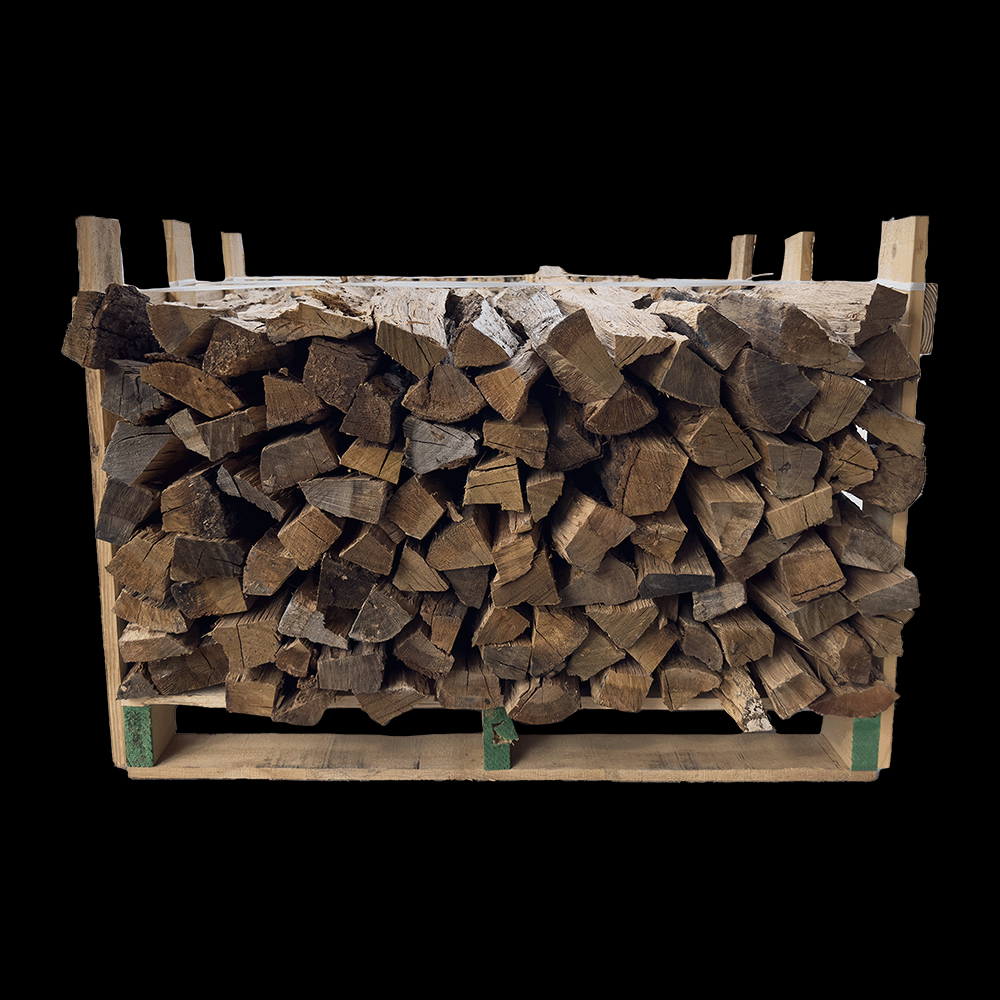
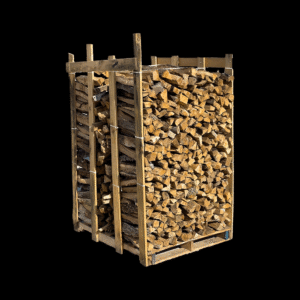

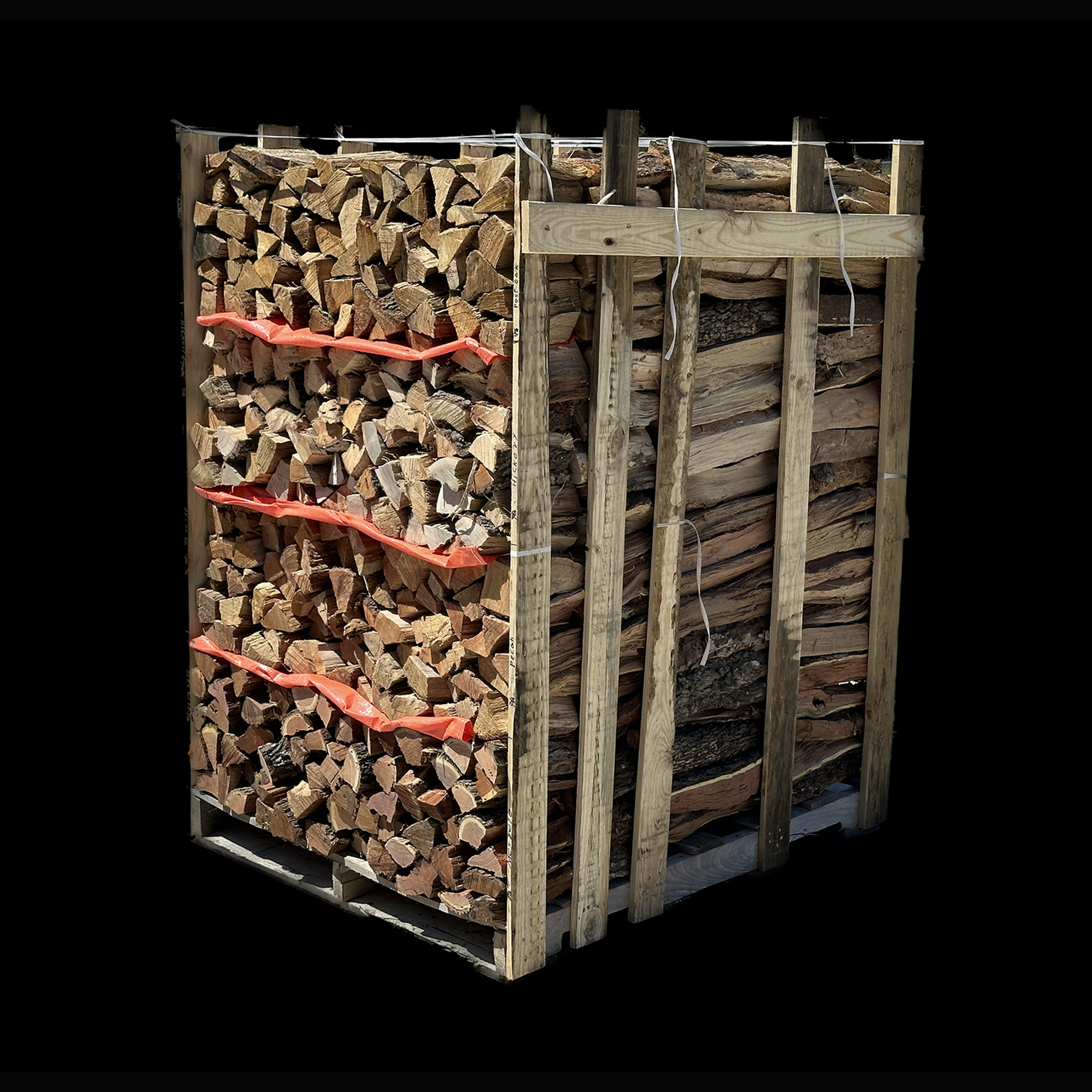
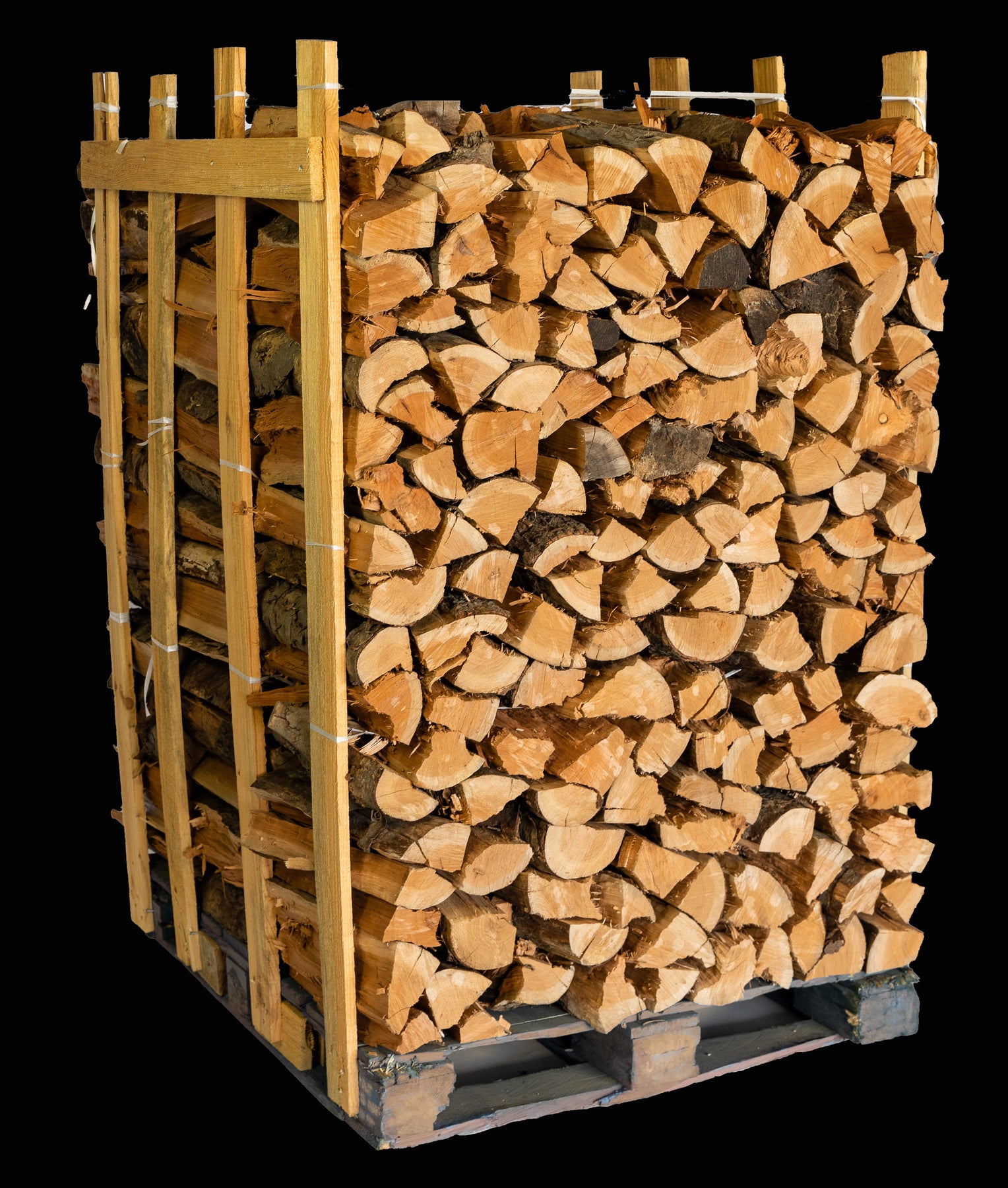
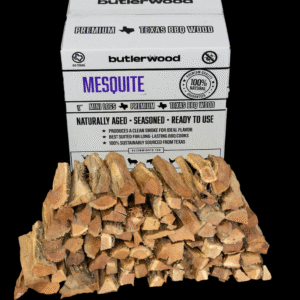
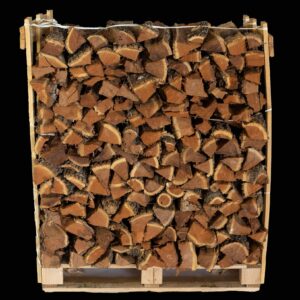
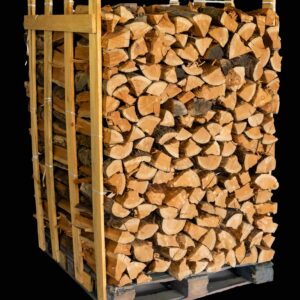
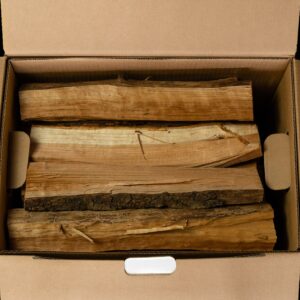
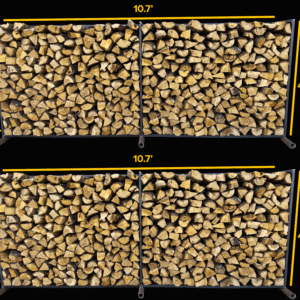

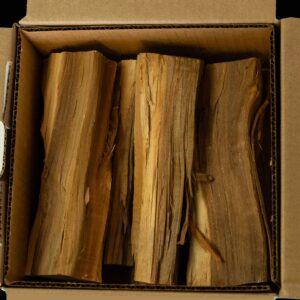

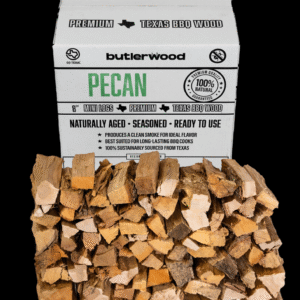
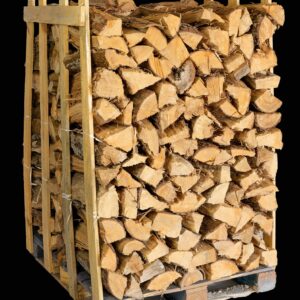


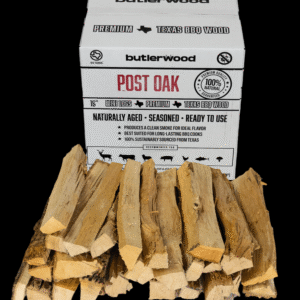

Be the first to review “Pizza Oven Splits Wood”